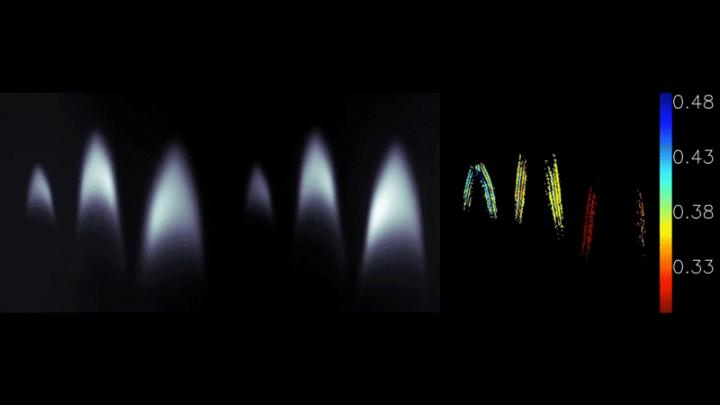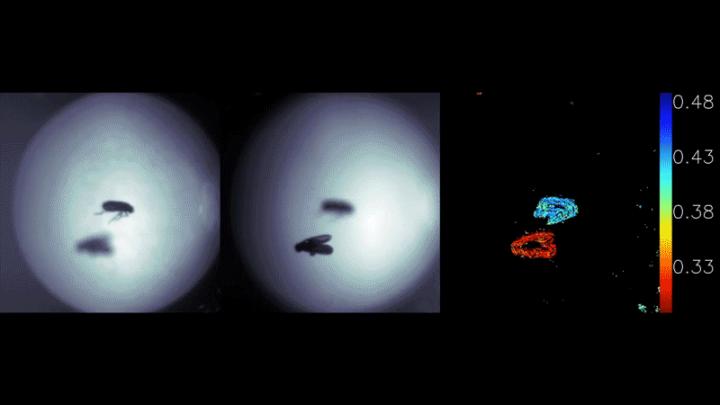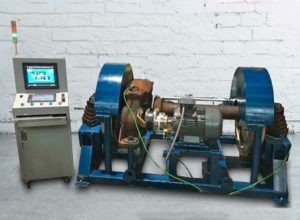Isothermal Technology Ltd (Isotech) has been providing temperature calibration solutions since 1980, clients vary from National Metrology Institutes to calibration engineers working on-site.
ISOTECH – Solutions for all levels of temperature calibration
Many nations rely on Isotech for their Primary Standards. For example metrology furnaces are used to melt and freeze pure metals providing a fixed temperature (ITS-90 Fixed Points) in order to calibrate standard thermometers. Accredited laboratories use Isotech Stirred Liquid Baths in which thermometers under test are compared to standard thermometers. In industry portable heat sources such as ‘Dry Block Calibrators’ can be used for calibration and Isotech produce Dry Blocks covering -100°C to 1,200°C.
Isotech see a demand from customers at all levels for greater accuracy and additional functionality. In recent years Isotech have launched innovative thermometry bridges and precision thermometers along with patented ISOTowers – which realise ITS-90 Fixed Points in a new way.
Isotech’s New Range of Portable Calibrators
Nine New Models – Each Available in ADVANCED, Site and Basic Models – New Styling – New Features – New Software – Enhanced Performance
Isotech has updated nine of its most popular calibrators to bring new styling and updated features. Each model is available in three different versions from a cost effective heat source to fully featured devices which include a three channel temperature indicator, temperature logging and Ethernet interface.
This new “4000 Range” spans -45 to 1,200°C with models that can be used as Dry Blocks or Stirred Liquid Baths with options for infrared thermometers, surface sensors and even to operate ITS-90 Fixed Point Cells.
“Our customers, who range from the worlds’ leading National Laboratories to site engineers have long valued the accuracy and quality of our equipment. This new range is a response from customers demanding modern styling and more features such as more input channels, advanced logging and an Ethernet interface. We are proud to meet this demand in a new lighter and stronger rugged case.”
The 4000 Models use the same proven, reliable isothermal volumes as the earlier Isotech calibrators whilst benefiting from new styling and advanced features. The ADVANCED versions have three input channels so that both the Standard and the Test Probes can be connected to the temperature read out. Investment in custom tooling has benefited in making the models both lighter and stronger than before.
Automatic temperature cycling allows the block to step through calibration points whilst logging data. This can be combined with a “Setpoint Trim” feature to ensure the block temperature stabilises at the temperature as measured by the reference probe not the internal control sensor.
In addition to use as Dry Blocks accessories can be added to the lower temperature models that allow up to six different modes of operation
- Dry Block
- Liquid Bath
- Ice Bath
- Infrared Thermometer Calibration
- Surface Sensor Calibration
- ITS-90 Fixed Point Operation
The company has also updated its software with tools to review the logged data, manage setpoint programs and configure the unit.
A new carry case with wheels features a pull out handle that allows the unit to be easily transported.
Reference Chart
Isotech’s reference chart shows tolerances for Thermocouples and Resistance Thermometers along with colour codes and other useful information. If you are in the UK please email to request a free wall chart.
Innovation, Support and Temperature Training
Isotech has been pioneering the latest developments in temperature calibration from Primary to Industrial users for over 30 years. Contact Isotech for further information, free advice or to arrange free on-site demonstrations. Isotech also run regular training courses, both on site and in Southport with hands on sessions in the laboratories. For more information visit the website or call to speak to with the technical sales team.
Isotech
T: 01704 543830
 Instrumentation Monthly Test | Measurement | Control
Instrumentation Monthly Test | Measurement | Control










